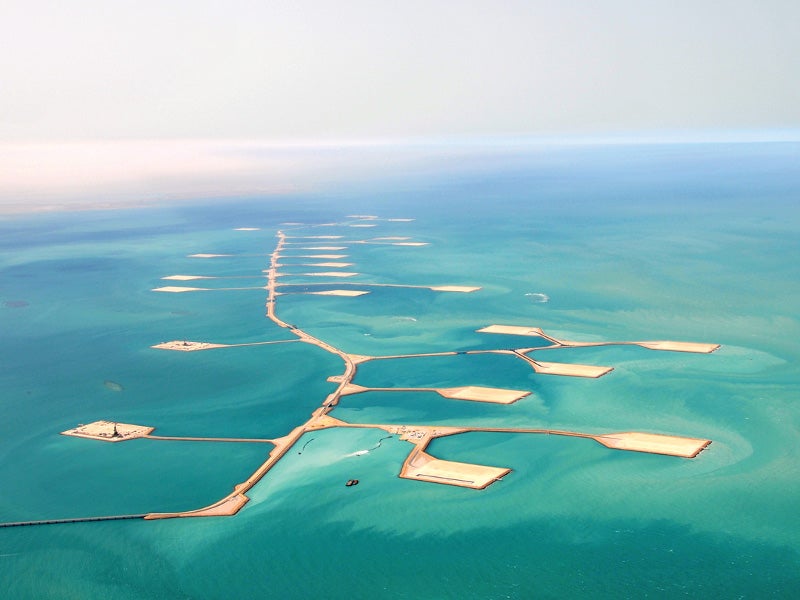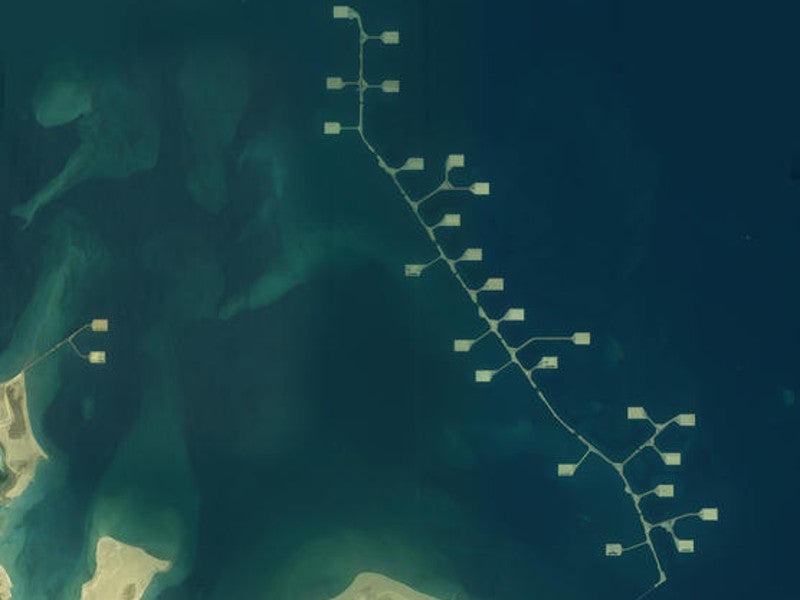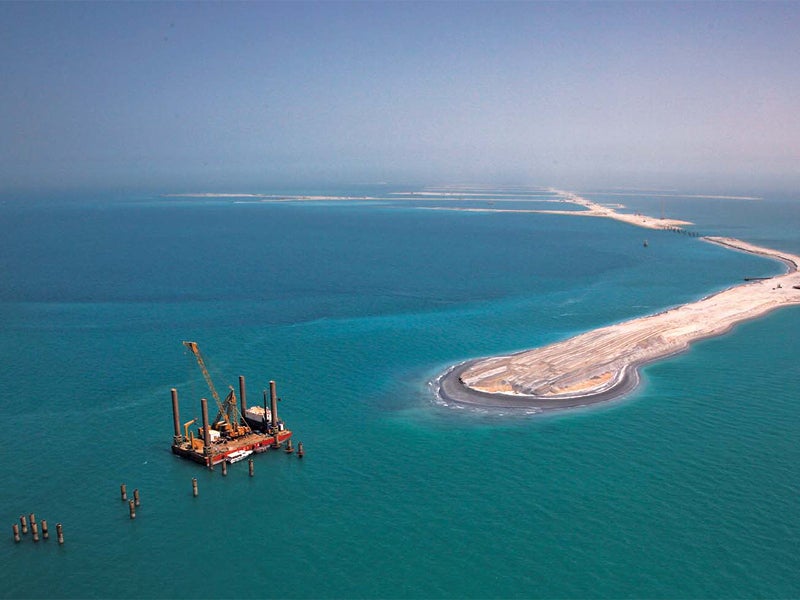The Manifa shallow water oil field, located off the northern Arabian Gulf coast of Saudi Arabia, is one of the world’s biggest producing oil fields.
Although the giant offshore oil field was originally brought on stream at a production capacity of 40,000 barrels of Arabia heavy crude oil a day (bopd) in 1964, its operations were suspended in 1984 due to the global economic downturn and low demand for Arabian heavy crude oil.
Saudi Aramco renewed the development of the Manifa field with a massive capital investment of £7.76bn ($10bn) in 2007, after the rise in global demand for oil.
Construction works on the Manifa field redevelopment project were stated in 2008, while an initial production rate of 500,000bopd was achieved in 2013.
The field’s output was further raised to the target capacity of 900,000bopd in 2017.
Manifa oil field location and reservoir details
Located in 15m-deep waters, approximately 200km north-west of Dhahran, the Manifa oil field is 45km-long and 18km-wide.
It comprises six identified heavy crude reservoirs that are stacked one over another. The production wells at Manifa are drilled up to 32,000ft-deep to access the oil resources.
Manifa oil field discovery and early development details
The Manifa oil field was discovered in 1957, while crude oil production started at a rate of 40,000bpd in 1964. It was Saudi Aramco’s second heavy oil field to commence production.
The crude output from Manifa was increased to 113,000bopd in 1966, which latter peaked at 140,00bopd, with a total of 17 offshore platforms and the completion of water injection system in 1977.
Manifa oil field redevelopment details
Planning for the Manifa oil field redevelopment was initiated in 2006, while the front-end engineering and design (FEED) studies were completed by the end of 2007.
Since the field lies in a coastal and ecologically sensitive area, the development plan called for the conversion of more than 70% of the field into an onshore field with the construction of 27 man-made islands, in order to avoid disturbing the coral reefs and dense sea-grass beds.
The artificial islands were envisioned as onshore drill sites, which were to be linked with each other by a 41-km causeway involving 13 bridges for a total length up to 2.4km, to allow the natural circulation of ocean currents.
Saudi Aramco awarded 30 key contracts to national and international companies for constructing the project in 2007.
The construction of the islands and causeway was completed in 2010, while 13 offshore platforms for water injection and oil production were completed in 2011.
The Manifa field was redeveloped in two phases, with production in phase one achieved in April 2013, followed by the completion of phase two development in 2017.
Manifa oil field facilities
The Manifa oil field is developed with a total of 350 wells, 15 onshore drill sites, 13 offshore platforms, and a central processing facility (CPF) comprising three gas and oil separation plants (GOSPs) of 300,000bopd capacity each.
A 420MW dedicated co-generation plant was built in 2011 to supply electricity for the entire facility. The field uses a total of 9,000km of pipelines and cable networks.
The crude oil produced at the Manifa CPF is sent to the Saudi Aramco Total Refining and Petrochemical (SATORP) refinery in Jubail, Yanbu Aramco Sinopec Refining Company (YASREF) refinery in the Yanbu Industrial City, and Saudi Aramco’s wholly-owned Jazan refinery.
Contractors involved
Saipem was awarded an engineering, procurement, and construction (EPC) contract for a new 42-in offshore pipeline to replace an existing pipeline as part of the upgrade of the water injection system at Manifa, in November 2017.
The contract was awarded under a long-term agreement between the two companies that was renewed in 2015 until 2021.
Saipem was also contracted for the fabrication, transportation, and installation of offshore jackets and one observation platform for the Manifa field in March 2012.
JGC Holdings was contracted for the construction of Manifa GOSPs, while Belgium dredging contractor Jan De Nul Group was the main contractor for the construction of the artificial islands, as well as the causeway for the Manifa oil field redevelopment.





